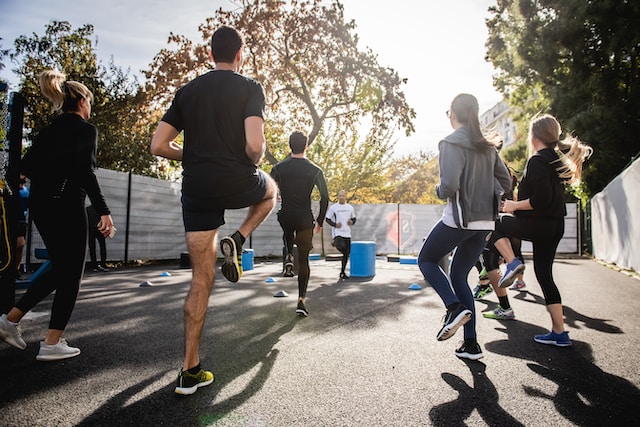Fad diets have become a staple in society’s fixation with quick weight loss. The allure of these diets often lies in their bold promises of rapid results and the backing of high-profile endorsements. However, the glittering veneer of these diets often masks an unsustainable and potentially harmful approach to nutrition.
The Risks of Fad Diets
Fad diets need a foundation in solid nutritional science. Many of these regimens recommend eliminating entire food groups or drastically cutting calories, which might yield immediate weight loss at the expense of long-term health and sustainability. Notably, these diets can result in nutrient deficiencies — for example, diets that exclude carbohydrates ignore the body’s need for this critical energy source. Moreover, severe calorie restriction can backfire, slowing metabolism and leading to muscle loss, which is counterproductive since muscle tissue is vital in maintaining a healthy metabolic rate.
Debunking Weight Loss Myths
One of the most pervasive myths is “spot reduction,” which suggests targeting fat loss in specific body areas. Fat loss follows a pattern influenced by genetics, and it’s not something we can dictate through diet or exercise alone.
Fad diets often overlook the complex factors contributing to weight gain, such as emotional eating, sedentary lifestyles, and metabolic variances. A holistic, sustainable weight loss strategy should include a balanced diet rich in nutrients, regular physical activity, and understanding one’s psychological relationship with food.
The Path to Sustainable Weight Management
Realistic weight management is not about finding a quick fix but adopting a balanced lifestyle tailored to individual needs. It’s about understanding that each person’s body is different, influenced by unique genetic and metabolic factors. Sustainable weight loss requires a commitment to nourishing the body with diverse foods, engaging in regular physical activity that you enjoy, and making adjustments that reflect personal health conditions and goals.
Evidence-Based Approach
Instead of chasing the empty promises of fad diets, we should focus on evidence-based nutritional guidelines. This involves consuming various fruits, vegetables, whole grains, lean proteins, and healthy fats. It also means understanding portion sizes and the importance of regular, balanced meals to maintain energy levels and metabolism.
Seeking Professional Guidance
Before embarking on a weight loss journey, it’s crucial to consult with a healthcare professional or a registered dietitian. They can provide personalized advice considering medical history, dietary preferences, and lifestyle. This professional guidance ensures that the chosen dietary approach is safe, nutritionally adequate, and effective for long-term health and wellness.
In conclusion, while the quick fixes promised by fad diets may seem enticing, they are not the solution for long-term health and weight management. As a dietitian, I advocate for an approach grounded in science and tailored to the individual, supporting a healthy weight and overall well-being. Sustainable change comes from a balanced diet, regular physical activity, and a commitment to self-care — not from the latest diet trend.
Dr. Barbara R. Edwards, Princeton Internist, practices at Penn Medicine Princeton Health in the Penn Medicine Princeton Medical Center. She is also the Academic Director for the Ambulatory Residency Program at Penn Medicine Princeton Health.






